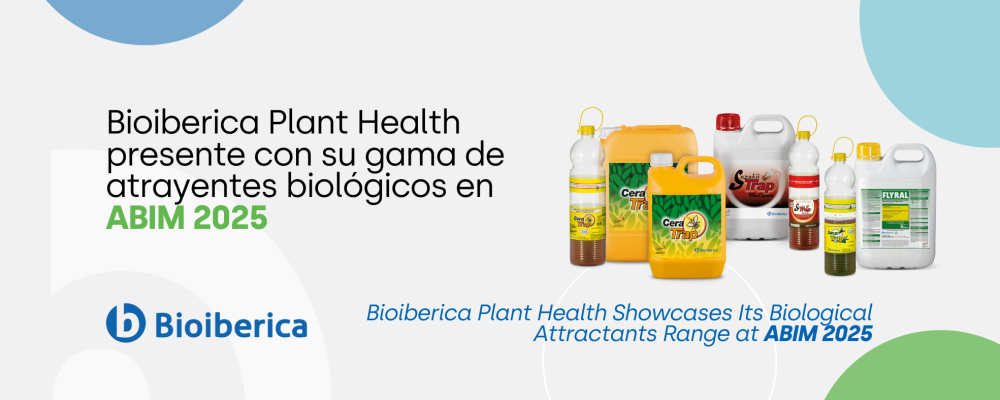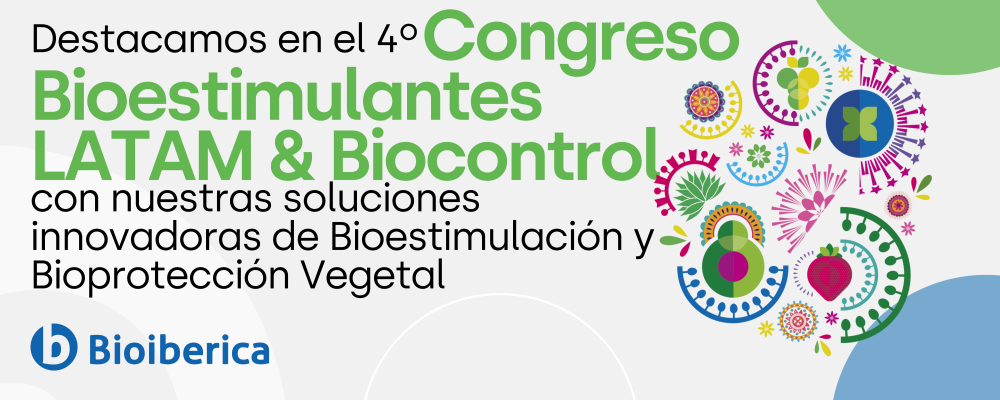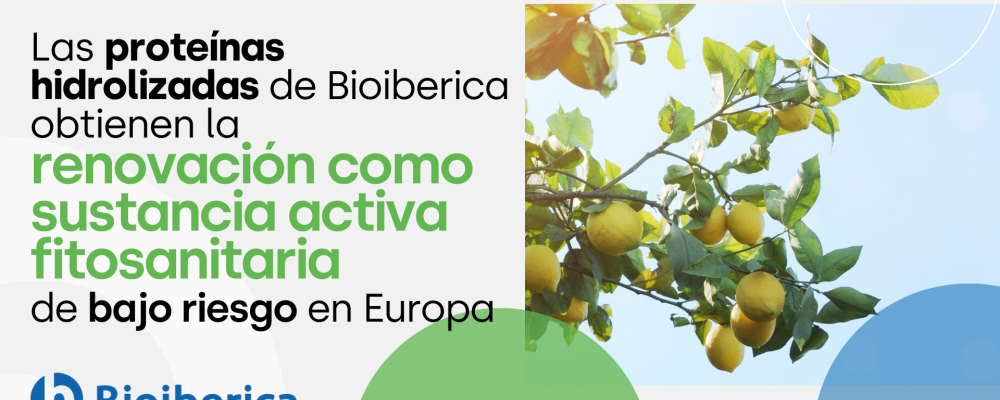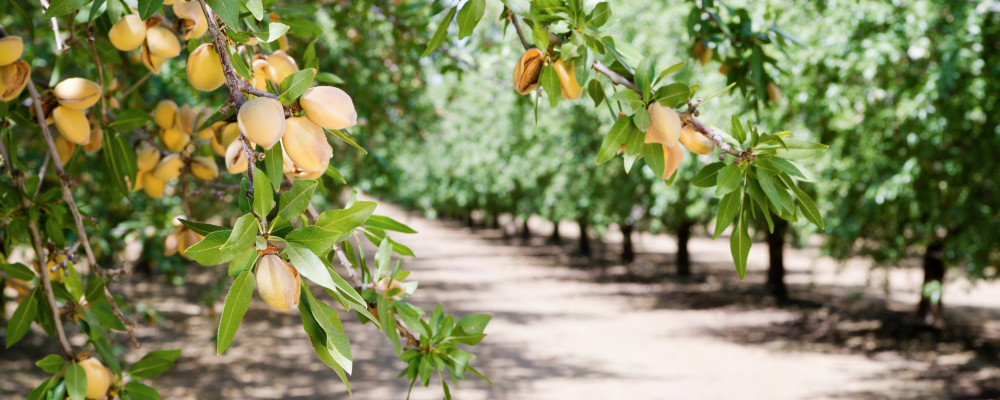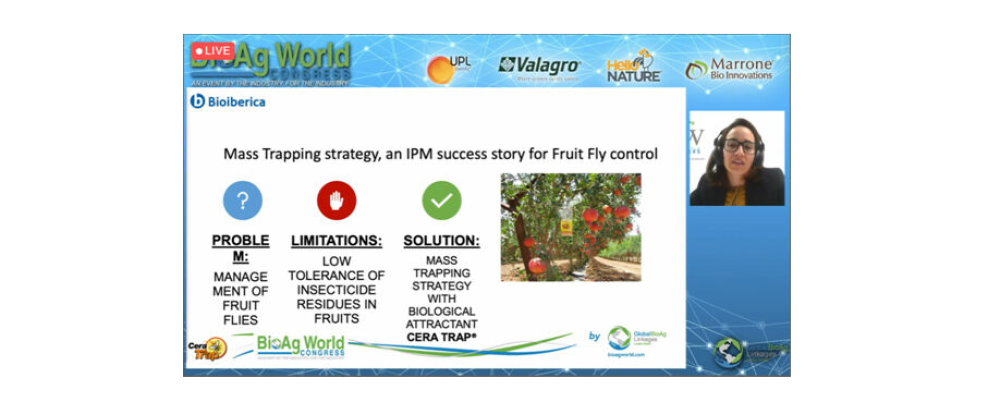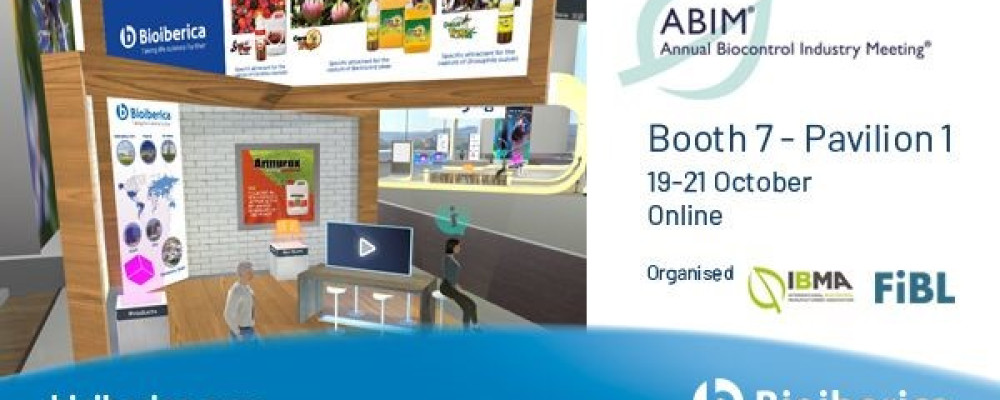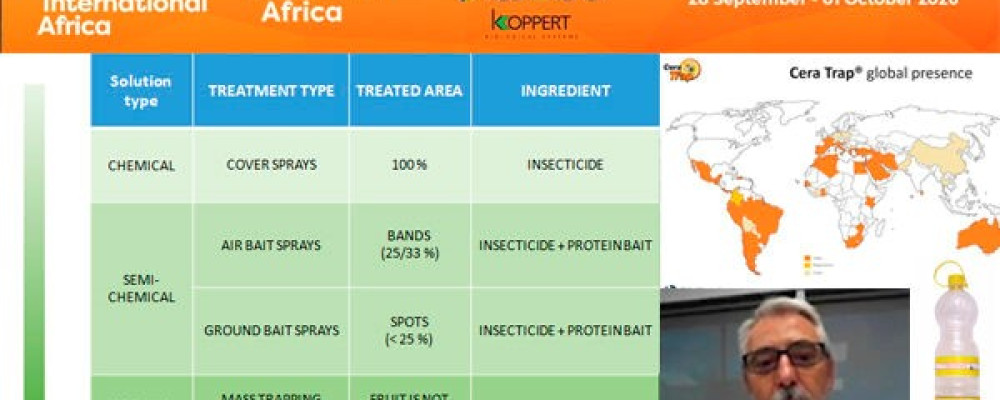Monday, 13 October 2025
Latest news | Cera-Trap® | Suzukii Trap® / Dacus Trap®
Basel (Switzerland), 20 October 2025 — Bioiberica Plant Health is taking part in ABIM 2025, the leading international congress for biocontrol, held from 20 to 22 October in Basel, Switzerland.
Throughout the event, our team is showcasing Bioiberica’s innovative range of biological attractants — including Cera Trap®, Suzukii Trap®, Dacus Trap® and Flyral® — designed to provide sustainable, selective and highly effective pest-management solutions for fruit crops worldwide.
Thursday, 29 August 2024
Latest news | Terra-Sorb® | Cera-Trap® | Suzukii Trap® / Dacus Trap®
Guadalajara, 2024 – Bioiberica had an outstanding participation in the 4th Congreso de Bioestimulantes LATAM & RedAgrícola Biocontrol, held at Expo Guadalajara, Mexico. At this meeting, which brought together producers, advisors, researchers and international and local experts, the latest trends and advances in one of the fastest growing agricultural sectors globally were discussed.
Thursday, 09 May 2024
Latest news | Products | Cera-Trap® | Suzukii Trap® / Dacus Trap®
The European Commission, after evaluating the technical studies prepared by the European Food Safety Authority (EFSA) and two member states (Spain and Greece), has renewed the approval of Bioiberica's phytosanitary active substance Hydrolyzed Protein as a low-risk active substance, until 2039.
Monday, 09 October 2023
Latest news | Terramin® Pro | Products | Terra-Sorb® | AminoQuelant® | Cera-Trap® | Suzukii Trap® / Dacus Trap® | Inicium® | Armurox® | Optimus® | StresSal® | Equilibrium®
At Plant Health we contribute to the development of agriculture, offering sustainable solutions to beat crop stress, enhancing their yield, and providing efficient and competitive solutions for the farmer with our biostimulants, and all our biosolutions.
Do you want to know what is in each and every drop of our solutions? Join us in this video and we'll show you a little more.
Monday, 25 October 2021
Applied Knowledge | Cera-Trap® | Suzukii Trap® / Dacus Trap®
Chemical pesticides are falling out of favour with consumers and regulators alike. There’s never been a clearer need to maintain plants and crop health in a way that’s sustainable and keeps the balance of the farm ecosystem in check.
That’s where biocontrol comes in. A natural solution, biocontrol is an alternative to chemical pesticides that’s gaining traction year on year – by 2025, it’s estimated that the market will be worth $10 billion. But what’s fuelling this growth and why should companies targeting the agricultural, food and related industries take note?

